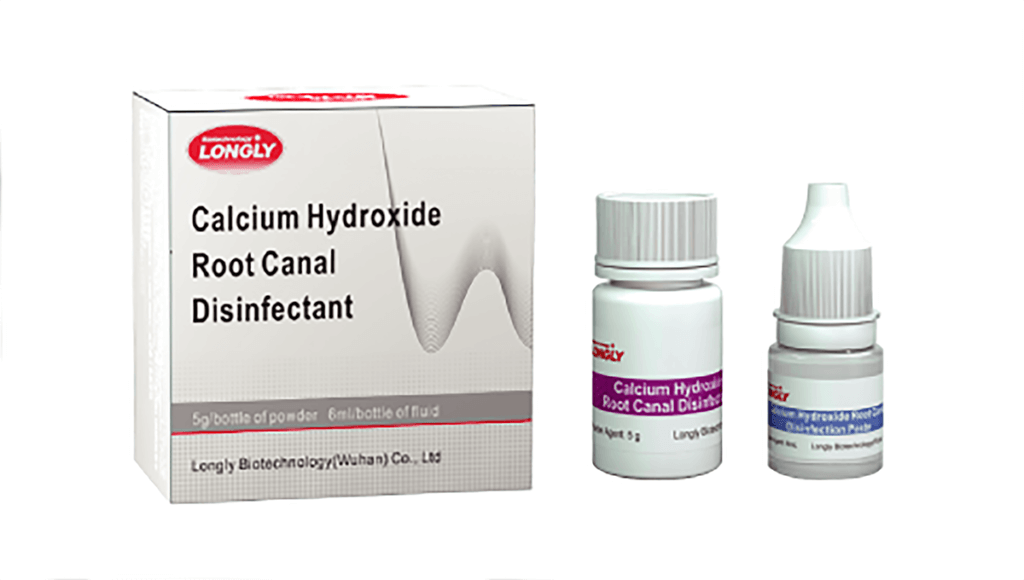Calcium hydroxide is a classic material used for temporary root canal disinfection. Known for its remarkable therapeutic effects and cost-effectiveness, it is a preferred choice for dental professionals worldwide. Below, we will explore the main applications, features, and important considerations for using calcium hydroxide in clinical settings.
Main Application:
The primary use of calcium hydroxide in dentistry is for the temporary sealing and disinfection of root canals, serving as an effective alternative to traditional disinfectants like FC (Formocresol) and CP (Chlorophenol).
Product Features:
- Widely Used: Suitable for a variety of dental applications, calcium hydroxide is easy to use and offers an economical solution for root canal disinfection.
- Safe and Efficient: The material is known for its broad-spectrum disinfectant properties with minimal toxicity, making it safe for patients while providing effective treatment.
- Easy to Mix: The recommended powder-to-liquid ratio is 1:1.25, although this can be adjusted according to the clinician’s requirements.
Usage Instructions:
- Mixing Ratio: For optimal results, mix the powder and liquid in a 1:1.25 ratio by weight. Adjust the ratio as needed based on clinical demands.
- Storage Precautions: After use, ensure that the bottle is tightly sealed to prevent prolonged exposure to air, which could lead to the formation of calcium carbonate, thereby reducing the effectiveness of the product.
Product Specifications:
- Powder: 5g per bottle
- Liquid: 6mL per bottle
- Shelf Life: 24 months
Common Clinical FAQs
What is the difference between calcium hydroxide and traditional disinfectants like CP and FC?
What precautions should be taken when using calcium hydroxide disinfectant? When preparing calcium hydroxide for use, it’s essential to avoid prolonged exposure to air. Calcium hydroxide reacts with carbon dioxide in the air to form calcium carbonate, which diminishes its disinfectant properties. Therefore, always reseal the bottle tightly after use.
Can calcium hydroxide be used for pulp capping? Yes, calcium hydroxide is commonly used for both direct and indirect pulp capping. It activates alkaline phosphatase, promoting the differentiation of cells and periapical connective tissues, which can lead to the formation of a dentin bridge. This makes it a reliable material for pulp capping procedures.
Is calcium hydroxide disinfectant easy to remove during root canal treatment? Yes, calcium hydroxide can be easily removed from the root canal. The removal process involves the use of root canal files and irrigating solutions, which ensure that no residues are left behind.
How does calcium hydroxide compare to foreign calcium oxide pastes? Foreign calcium oxide products release heat when they come into contact with moisture, causing significant irritation to the root apex. In contrast, calcium hydroxide offers a milder and non-irritating alternative, making it a safer and more patient-friendly option.


